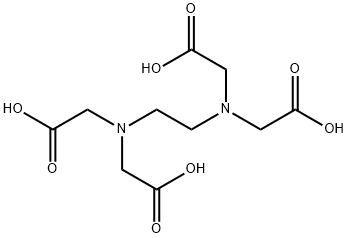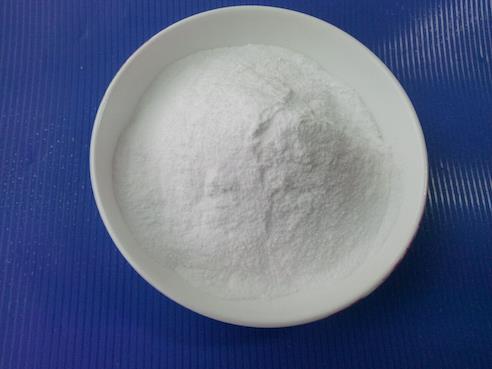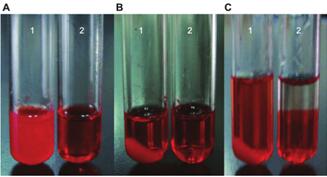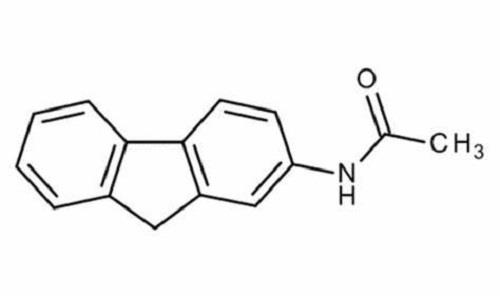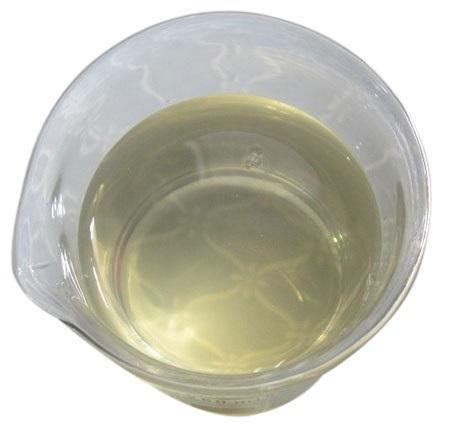The principal toxicity of EDTA
Ethylenediaminetetraacetic acid (EDTA) was developed by Franz Munz in Germany during the 1930s as an alternative to citric acid. About the same time, Frederick Bersworth synthesized EDTA in the United States using a different technique. He obtained aUS patent for this technique in 1945. EDTA was approved by the US Food and Drug Administration (FDA) as a food additive in 1947. Since the early 1950s, EDTA has been used in chelation treatment for lead poisoning. EDTA is a white, odorless, and crystalline (sugar or sandlike)material.

Environmental Fate
EDTA can be very persistent in water, including wastewatertreatment plants. EDTA is often found in the receiving waters of many industrial areas, thus being classified as one of the major organic pollutants discharged in waters. The available ecotoxicity data for EDTA indicate that these compounds are slow to degrade under typical environmental conditions but are not expected to bioconcentrate. EDTA compounds range from practically nontoxic to moderately toxic on an acute basis, depending on the salt. Algae and invertebrates are among the most sensitive species based on predictive modeling for acute and chronic endpoints for EDTA, depending on the compound. EDTA and its salts also do not appear to be very toxic for terrestrial wild mammals, and adverse effects from reasonably expected agricultural uses are not expected.
The principal toxicity of EDTA relates to the metal chelate, especially in lead poisoning. Lead may be released from the chelate in the kidneys, and then the lead may affect the tubules and glomeruli of the kidneys.
Uses
EDTA is used as a food additive, in herbicides, in pharmaceuticals, and in a variety of consumer products. EDTA is used as a blood preservative by complexing free calcium ion (which promotes blood clotting). EDTA’s ability to bind to lead ions makes it useful as an antidote for lead poisoning. Furthermore, EDTA is often used to treat various cardiovascular diseases.
);You may like
Related articles And Qustion
Lastest Price from Ethylenediaminetetraacetic acid manufacturers

US $0.00/kg2024-04-23
- CAS:
- 60-00-4
- Min. Order:
- 1kg
- Purity:
- 99%
- Supply Ability:
- 10000kg
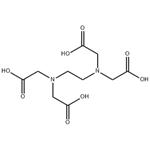
US $50.00-1.00/KG2024-03-25
- CAS:
- 60-00-4
- Min. Order:
- 1KG
- Purity:
- 99%
- Supply Ability:
- g-kg-tons, free sample is available
